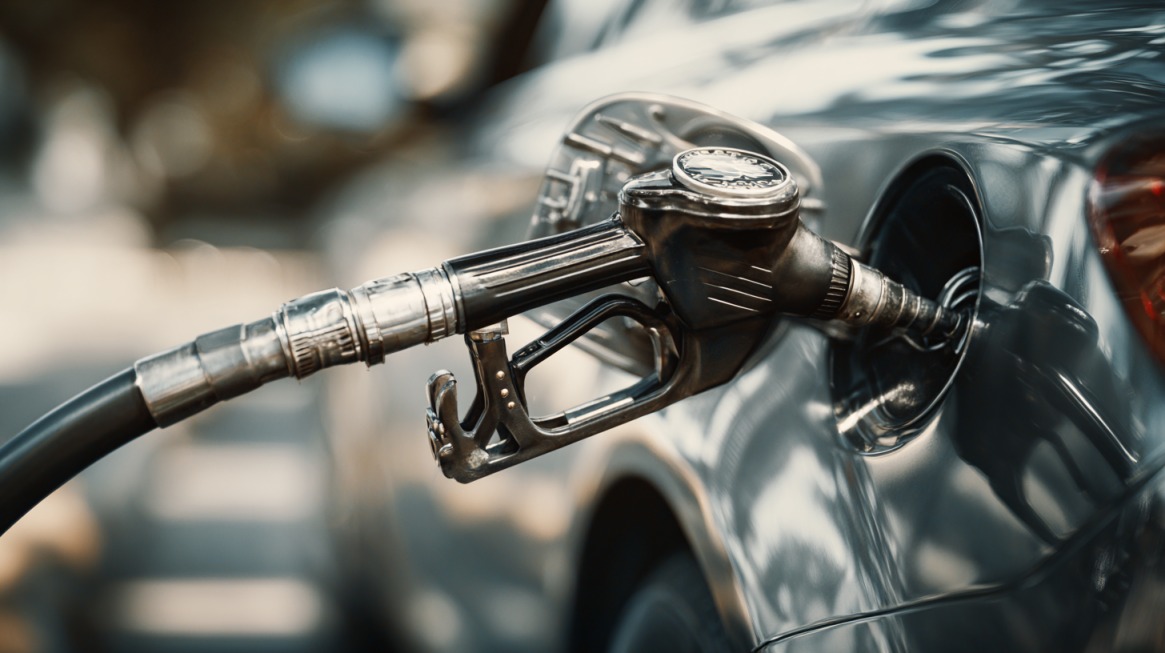Keeping a car running smoothly often feels like a juggling act. Oil changes, tire rotations, brake checks, and then there’s the long aisle of fuel additives at the auto parts store.
Among them, fuel system cleaners stand out, promising to sweep away hidden dirt and carbon lurking in your engine.
But do you really need one? Or is it just another bottle of hope that ends up in your gas tank without doing much?
Today, we’ll take a look at how fuel system cleaners work, when they help, and when you might be better off saving your money.
Key Highlights
- Fuel system cleaners can help high-mileage or rough-running engines but are not always necessary.
- PEA-based cleaners like Techron and Amsoil PI work best for removing carbon deposits.
- Direct-injection engines often need professional cleaning for intake valves.
- Using Top Tier gas and regular maintenance reduces the need for additives.
What Fuel System Cleaners Actually Do

A fuel system cleaner is a chemical additive that you pour into your gas tank. Once in the system, it mixes with fuel and travels through the tank, lines, injectors, and intake valves.
- Carbon deposits that form from unburned fuel sticking to injectors, valves, and combustion chambers.
- Moisture-related buildup from ethanol in gasoline, which can attract water and lead to corrosion or sticky deposits.
- Dirt and contaminants that sneak in through gas station pumps or aging fuel tanks.
- Varnish and gum created when fuel oxidizes over time, which can clog or restrict flow.
If your fuel system is dirty enough, you may notice:
- Lower fuel efficiency (MPG drops a bit)
- Rough idling or sluggish acceleration
- Hard starts, especially after the car sits overnight
- Higher-than-usual emissions
The idea behind cleaners is simple: remove the gunk, and your engine breathes and burns fuel better. But the results are not always as dramatic as the label suggests.
When Your Vehicle Might Actually Need a Cleaner
Engines don’t all age the same. Some stay clean for years; others start acting up after a few seasons of short trips or low-quality gas.
- High mileage: Engines with 60,000+ miles often have more carbon buildup.
- Stop-and-go driving: Frequent idling or short trips means the engine rarely reaches optimal temperature, allowing deposits to form.
- Ethanol-heavy fuel: Gasoline with high ethanol content can cause corrosion and phase separation over time.
- Noticeable symptoms: Rough idle, misfires, weak acceleration, or declining MPG are classic signs that deposits might be in play.
If your car is newer, uses high-quality Top Tier gas, and runs smoothly, a cleaner may not make a noticeable difference.
Modern fuel often already contains detergents that prevent major buildup.
Evidence on How Well Fuel System Cleaners Work
The debate over their effectiveness has been going on for decades. Manufacturers promise restored performance, while some car enthusiasts call them snake oil.
The truth lands somewhere in between.
MotorTrend Test (2011)
MotorTrend tested pour-in fuel system cleaners on a 1994 Acura Integra and a Mazda FC RX-7 Turbo II. They measured injector flow rates before and after using cleaners.
The results showed almost no change. Only professional ultrasonic and high-pressure cleaning restored flow, improving the Integra’s injectors from 244-246 cc/min to 250-252 cc/min.
Project Farm (YouTube)
- Techron: Revived a surging generator that hadn’t been started in years, suggesting some real cleaning ability.
- Seafoam: Had minimal visible effect in the test engines.
- Marvel Mystery Oil: Produced no significant results in the trial.
User Test on Bob Is the Oil Guy
According to Bob Is the Oil Guy, a 2013 Ram 4.7L owner used a boroscope to check intake valves before and after treatment:
- Seafoam (intake spray): Made carbon wet and sticky, but didn’t remove much.
- Amsoil PI (in-tank): Showed gradual improvement as deposits burned off during driving.
The takeaway? Pour-in cleaners can help, especially in older or lightly neglected engines, but don’t expect miracles.
What the Pros and Manufacturers Say
- Berryman B-12 Chemtool: Suggested every 2,500-3,000 miles or at oil changes for cars with 60,000+ miles.
- Chevron Techron: Uses polyetheramine (PEA), a highly effective detergent, and is often recommended every 3,000-5,000 miles.
- BG 44K: A professional-grade option used in shops, typically every 30,000-50,000 miles.
- Amsoil PI: High PEA content, recommended around every 4,000-5,000 miles for ongoing maintenance.
PEA is the secret ingredient in most cleaners that truly break down carbon. If a cleaner doesn’t contain PEA, it’s usually less effective for serious deposits.
How Drivers Feel About Fuel System Cleaners

- Positive experiences: Some drivers report gaining 1-3 MPG and smoother throttle response. Seafoam, Techron, BG 44K, and Lucas are often praised for helping rough idles or hard starts.
- Neutral or negative: Others see no change, especially on modern direct-injection engines where the cleaner never touches intake valves. A few even warn against overusing additives, fearing damage to fuel pumps or seals.
- Frequency: Enthusiasts often suggest using a cleaner once or twice a year for preventive care, or more frequently for older, high-mileage vehicles.
Recommended Usage
- Preventive maintenance: Add a bottle every 3,000-5,000 miles or with an oil change.
- High-mileage or neglected vehicles: Consider every 2,500 miles if symptoms appear.
- Direct-injection engines: Remember that pour-in cleaners won’t touch intake valves. Professional induction cleaning every 30,000 miles is more effective.
- Severe clogs: If injectors are badly restricted, mechanical or ultrasonic cleaning at a shop is the only reliable fix.
Popular Fuel System Cleaners Compared
| Cleaner | Key Ingredient | Recommended Use | Notes |
| Chevron Techron | PEA | Every 3,000-5,000 miles | Effective on injectors, valves, combustion area |
| Seafoam | Petroleum mix | 3,000-5,000 miles | Better for older engines, less on modern DI |
| BG 44K | Proprietary | 30,000-50,000 miles | Shop-grade cleaner, strong but pricey |
| Amsoil PI | PEA | Every 4,000-5,000 miles | High concentration, works over time |
| Lucas Fuel Treatment | Lubricants | Every 3,000 miles | Adds lubrication, mild cleaning effect |
Risks and Limitations
- Overuse: Too much additive can harm seals or fuel pumps. Stick to the dosage on the label.
- Limited impact: Pour-in cleaners won’t fix severe injector clogs or heavily varnished systems.
- Compatibility: Match the cleaner to your fuel type – gasoline or diesel.
- Direct injection: For DI engines, cleaners in the tank do nothing for intake valves. Professional cleaning is the only way to handle those deposits.

Cost vs. Benefit
Fuel system cleaners are relatively cheap – usually $5-$20 per bottle. Occasional use can be a low-risk way to keep an older engine running a bit smoother.
- Always use Top Tier gas
- Keep up with regular maintenance
- Drive mostly highway miles
…the real-world benefit might be minimal. In that case, it’s more cost-effective to save the bottle for a specific symptom rather than treat it as routine medicine.
For stubborn performance issues, a professional cleaning service costs $100-$300, but it’s often the only way to restore flow in badly clogged injectors or valves.
Bottom Line
Fuel system cleaners have their place. They can help high-mileage vehicles, engines with rough idle or hesitation, or cars that have been sitting for a while. Products with PEA, like Chevron Techron or Amsoil PI, have the best track record.
If your car is newer, runs on quality gas, and shows no symptoms, pouring in a cleaner probably won’t change much. For direct-injection engines, the real fix comes from professional cleaning rather than a quick pour-in solution.
Used smartly, a cleaner can be a small, inexpensive part of your maintenance routine – but it’s no magic potion. Always follow your car manual, watch for symptoms, and talk to a trusted mechanic if in doubt.
